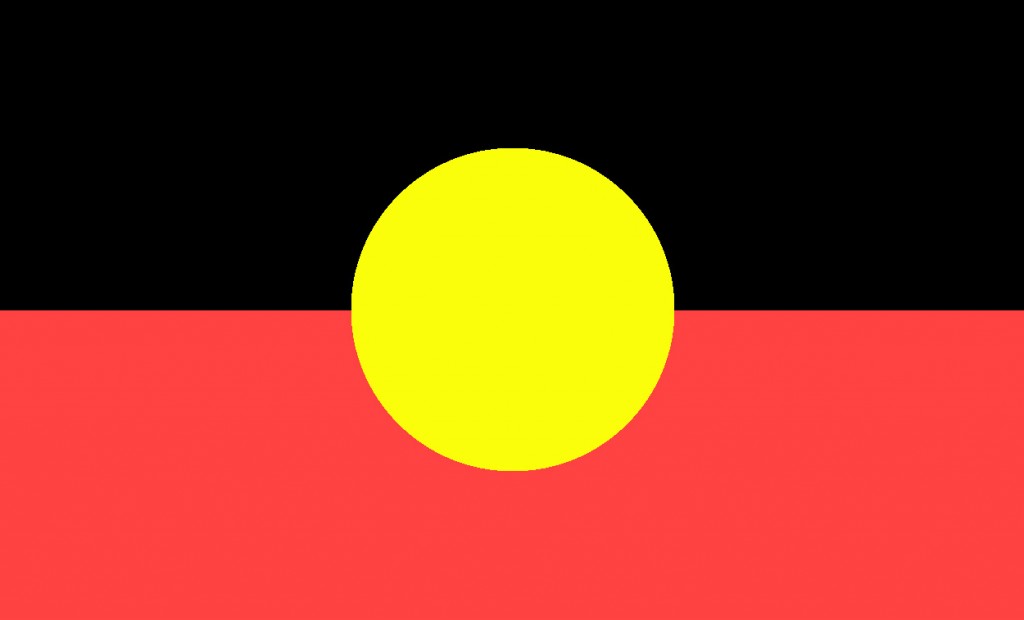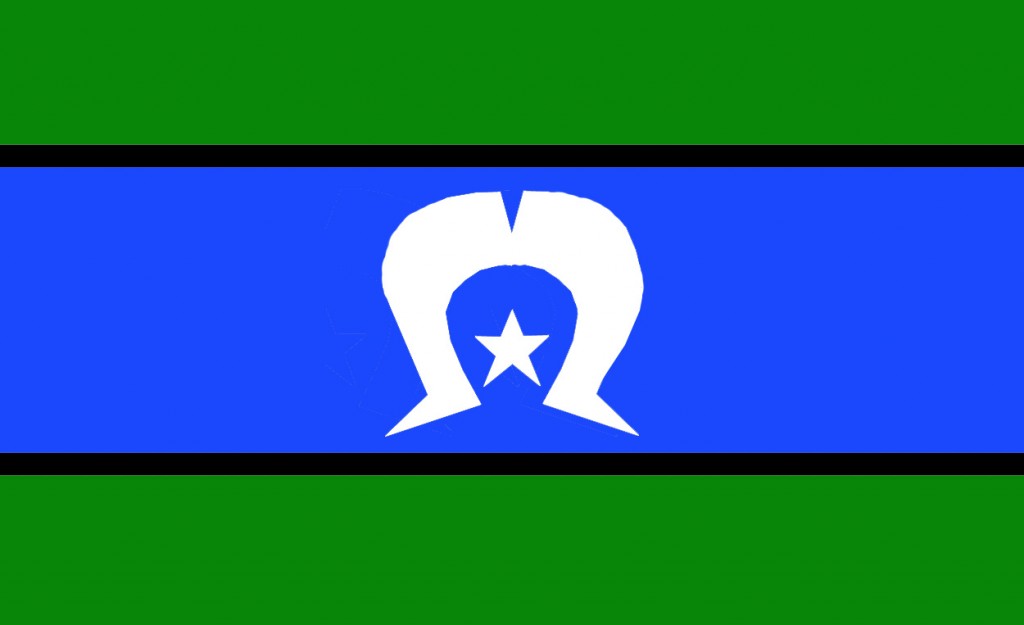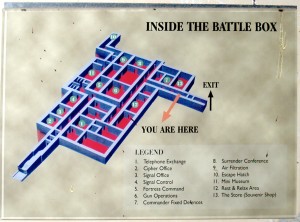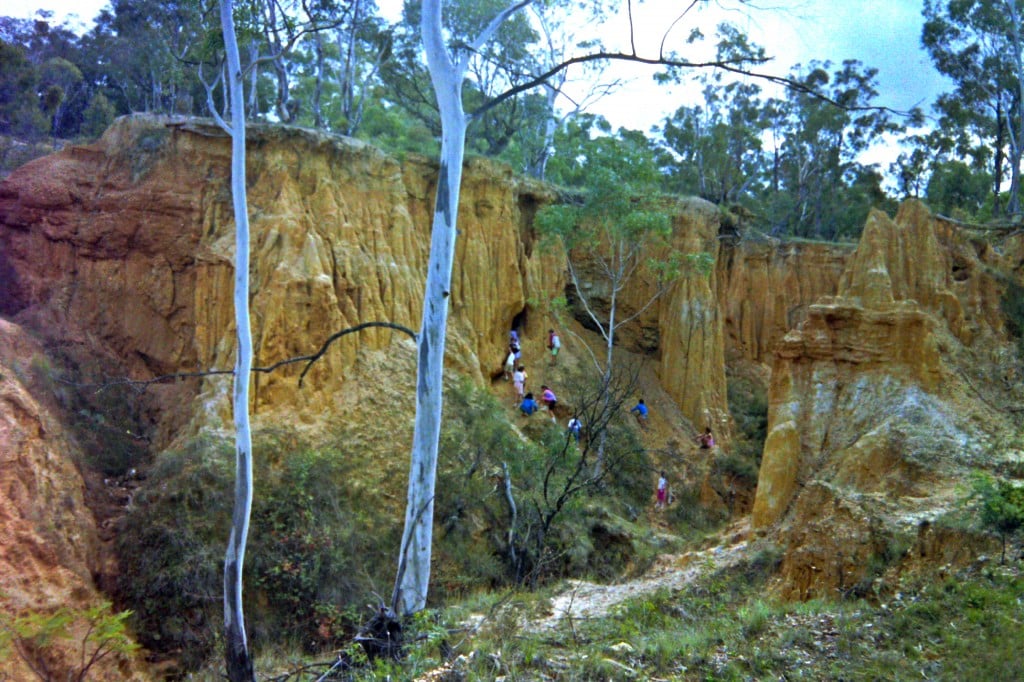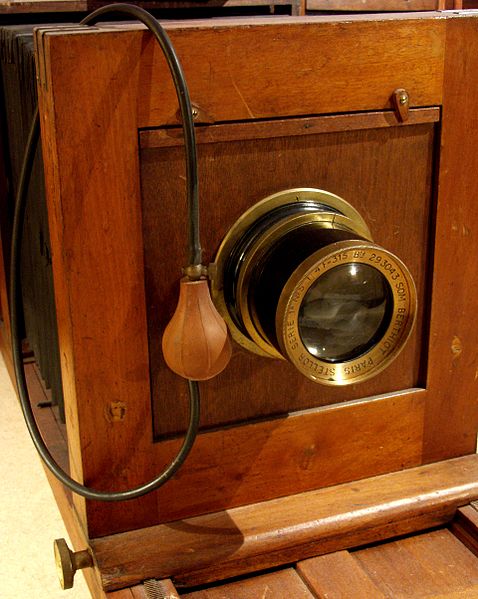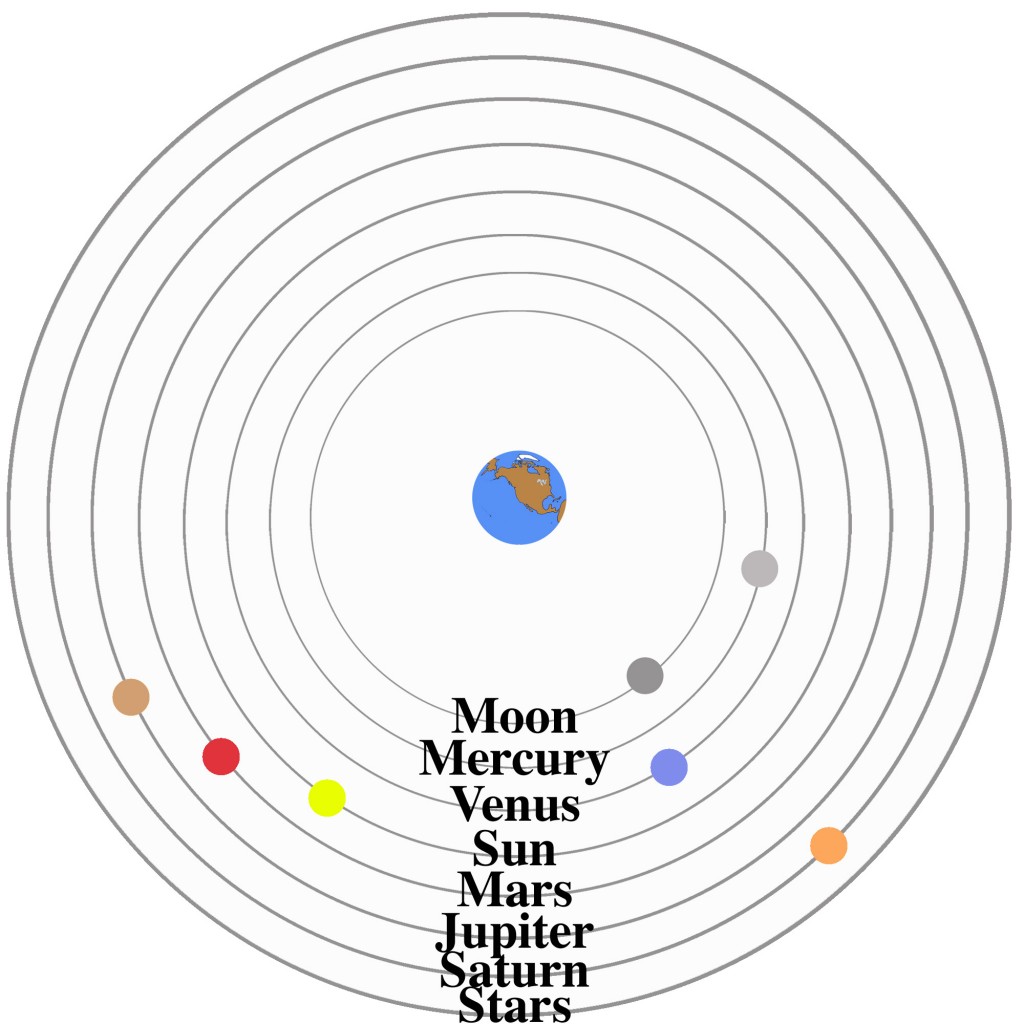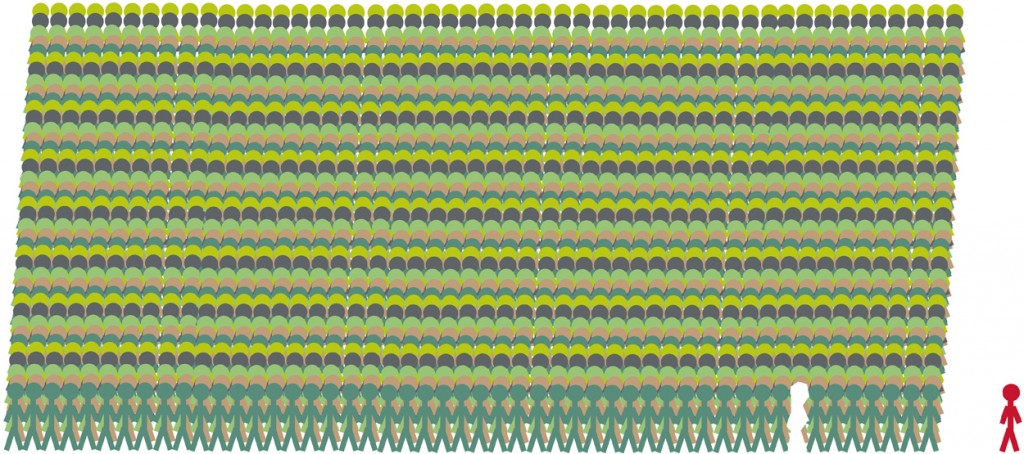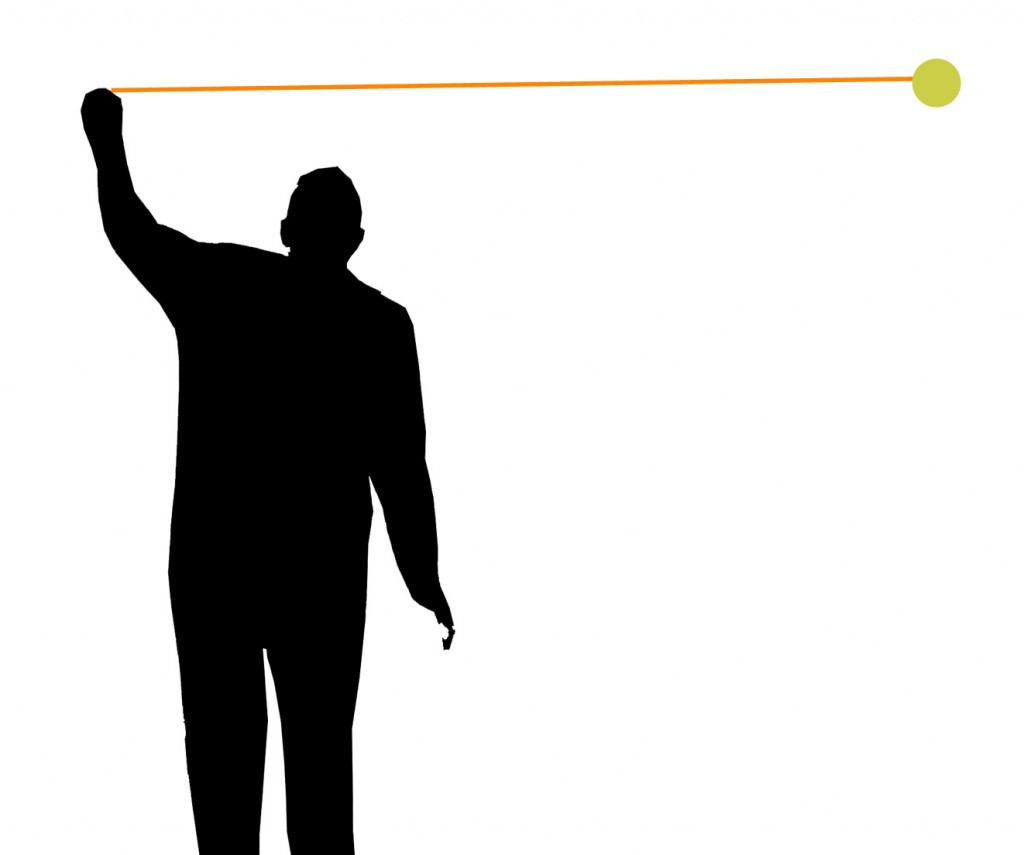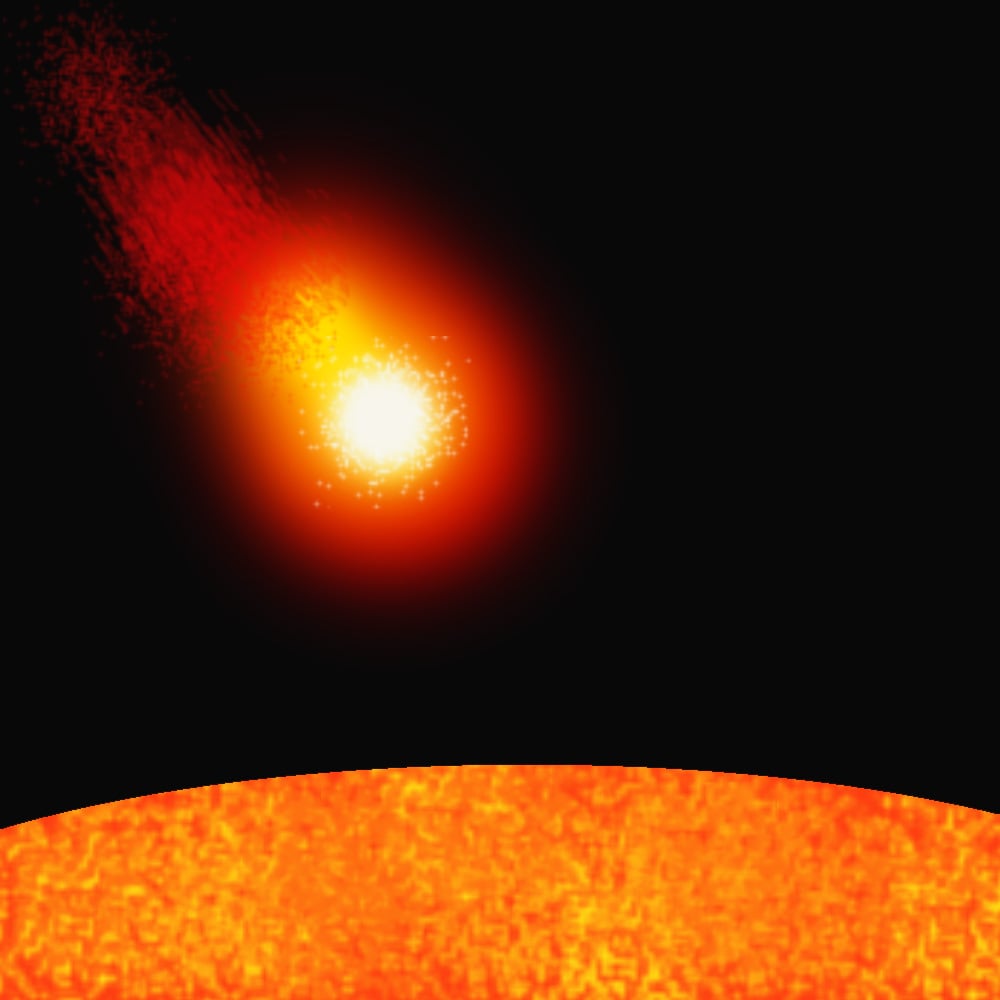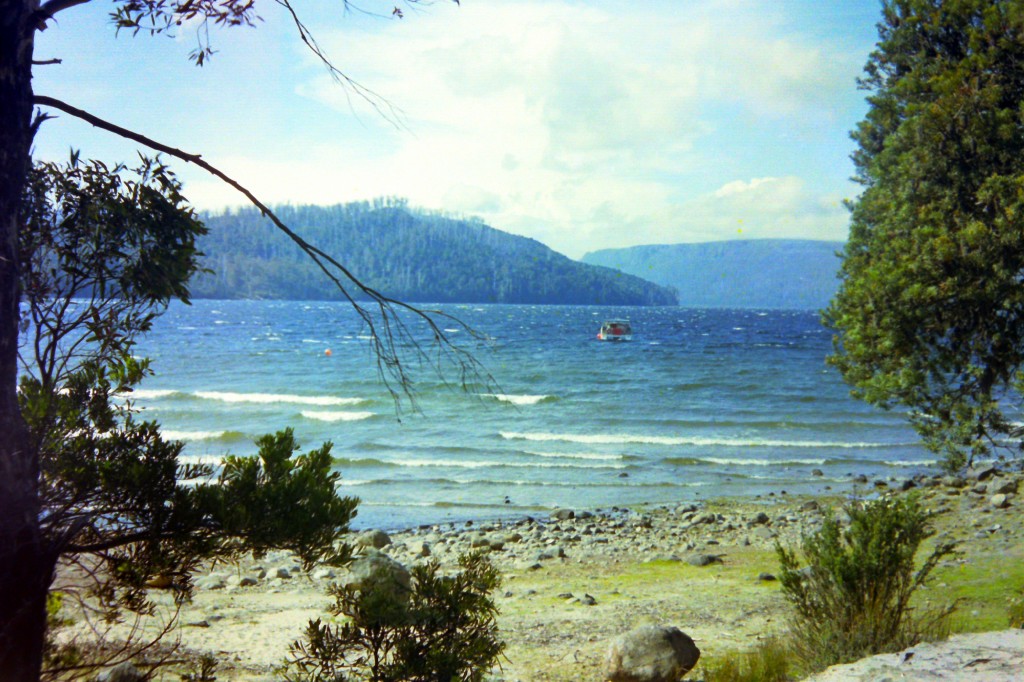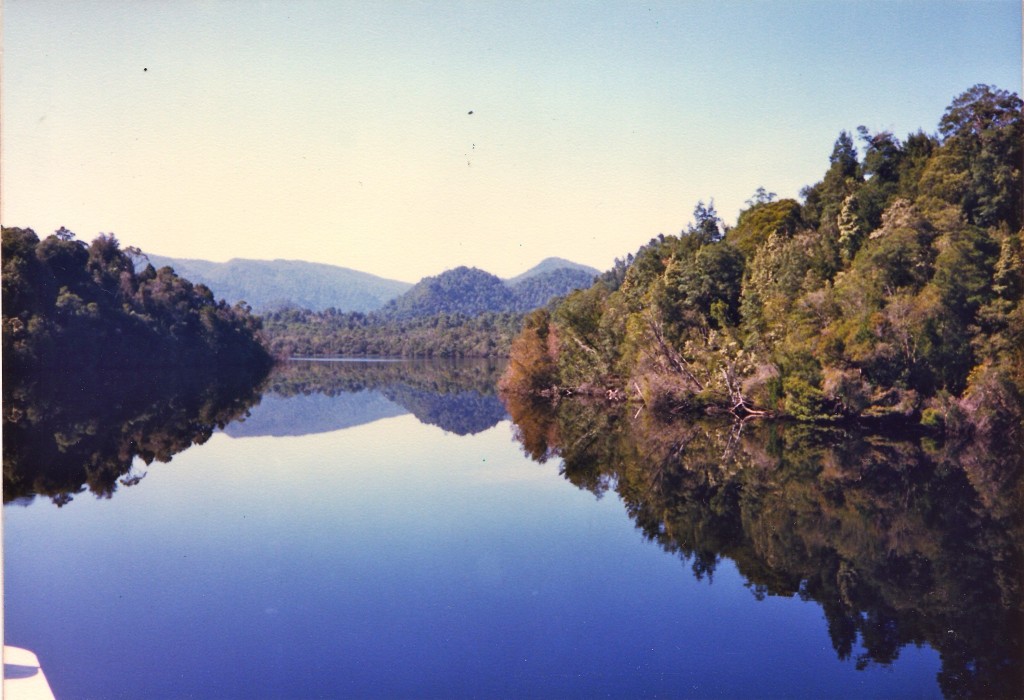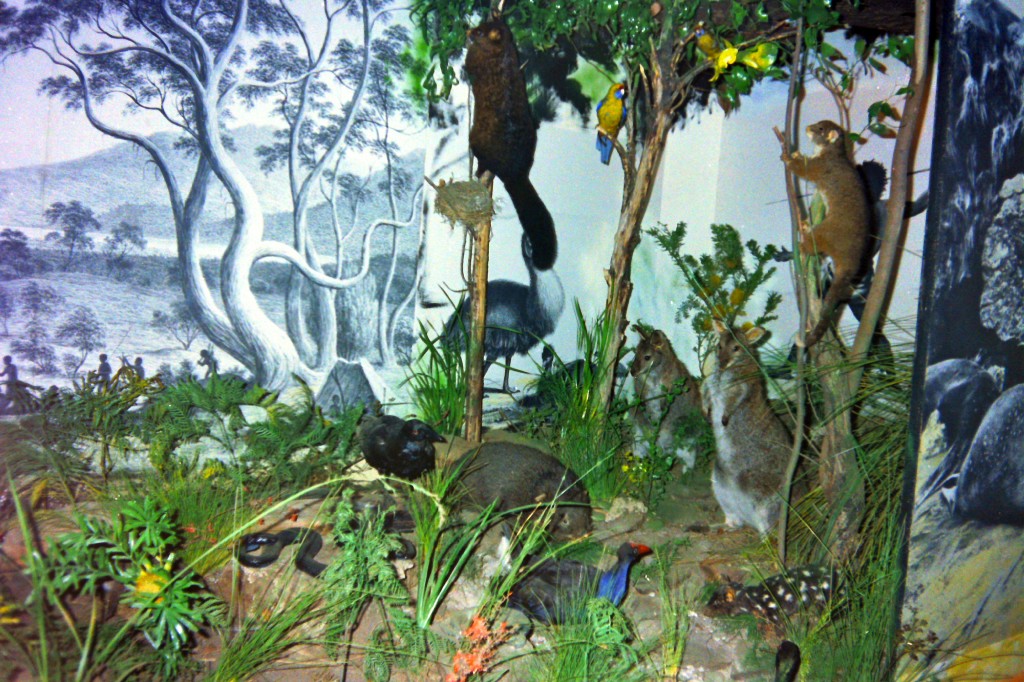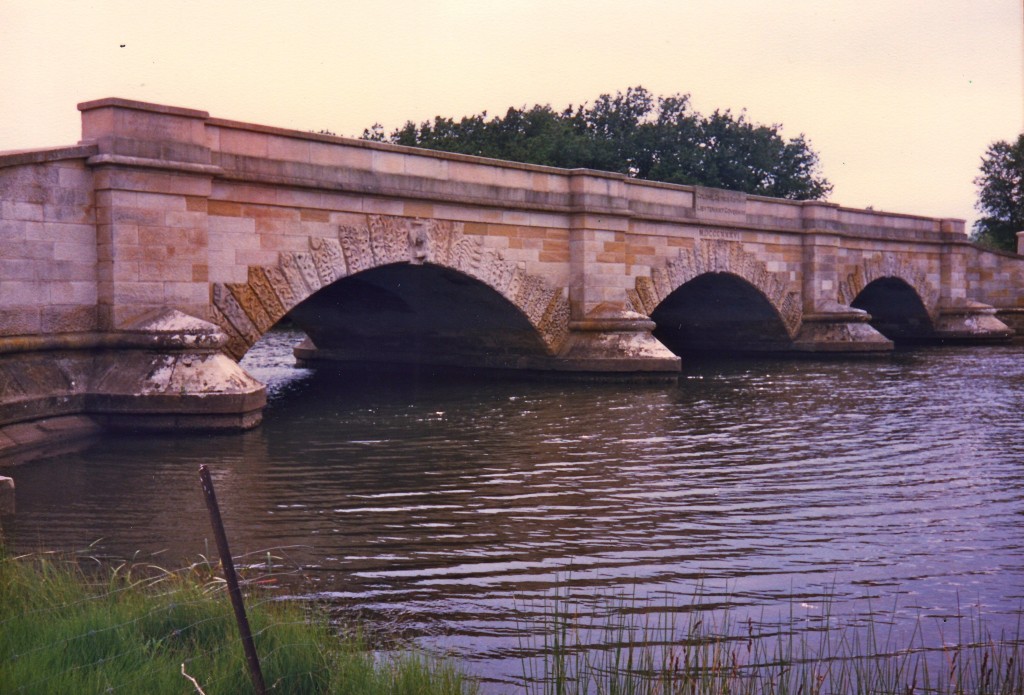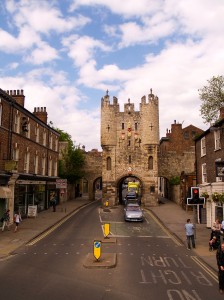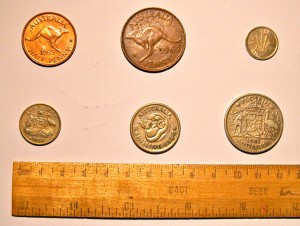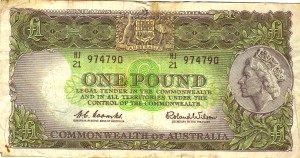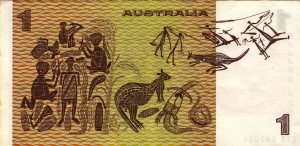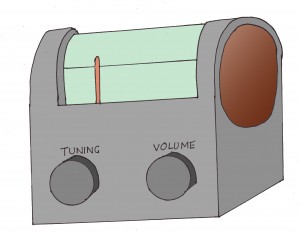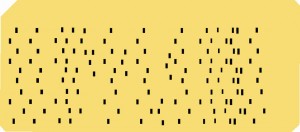For a class looking at Australia -
Australian Flag
Schools and students have permission to use this graphic for non-commercial, educational purposes.
Aboriginal Flag
Schools and students have permission to use this graphic for non-commercial, educational purposes.
Torres Strait Islander Flag
Schools and students have permission to use this graphic for non-commercial, educational purposes.
Some Audio Files
Australia's National Anthem - as sung by a combined choir in a performance I filmed...
Advanced Australia Fair
Many official functions start with an Acknowledgement of Country in order to recognise the traditional owners of the land...
Acknowledgement of Country
The didjeridoo was made from a hollowed branch and was part of many ceremonies. The hitting of sticks or boomerangs together often accompanied them.
Sticks and Didjeridoo
Below are links to Australian related posts on my blogs including links to others. I hope they are of some help...
HMB Endeavour at Eden - Replica of Captain James Cook's HMS Endeavour visited in 2012. James Cook was the first explorer from Europe/UK known to have sailed along Australia's east cost.
My Region of Australia - A general look at my area of Australia featuring the old family dairy farm, scenic photos, beach activities, and Australian animals.
Tasmania – Sharing old photos - Looks at the Australian island state of Tasmania and a little of our convict heritage.
Older Australian Currency - Australia uses dollars and cents these days but before 1966 used pounds, shillings and pence.
Aboriginal Cultural Resource Links for the Roadrunners - Information about the Aboriginal people of Australia and their traditional culture. Check the "Twelve Canoes" link in particular.
Class 6 – Olympic Countries – Australia - History, the Australian flag, National Anthem, animals, Sydney Harbour Bridge, sport
ANZAC Day for 2/3 Class - Looking at ANZAC Day and its meaning for me.
For Emily from Michigan who was interested in Australia - A collection of photos taken in different parts of Australia (including animals).
More photos and information on Sydney for Emily - Some photos of Sydney past and present.
Spring has Sprung in Australia – for 4KJ and 4KM - Looks at the seasons of the Southern Hemisphere.
Australian National Parks near me in answer to ♥Ell♥e♥ and ಢAcacia✄ - Information about Australia as well as some national parks in my area.
Australian Birds – Mostly Close to Home…
Some plant photos taken in my area…
The family dairy farm for someone who loves everything farming
Maoris, Volcanoes and Aboriginal Rock Art (some notes) for Roadrunners and their comment. Includes the Aboriginal flags of Australia, information about paintings and engravings
Australian Animals for Mrs. Watson’s K/1/2/3 and “Our World, Our Numbers” - An assortment of photos, drawings and information.
Koalas and Kangaroos - Two video links I prepared for a class
Australia’s Extinct and Endangered Species – for Katey of Techie Kids
Tasmanian Devils for Christian and Techie Kids
Some More Aussie Animals for Alexis & Techie Kids
You Tube Video Clips
These are my own video clips uploaded to my You Tube Channel. Some are already embedded into the above posts but can be viewed here as well...
Eastern Grey Kangaroos
Schools and students have permission to use this video clip for non-commercial, educational purposes.
Location: Potoroo Palace, N.S.W., Australia
The life of "Sapphire" the koala
Schools and students have permission to use this video clip for non-commercial, educational purposes.
Location: Potoroo Palace, N.S.W., Australia
Echidna (Spiny Anteater)
Schools and students have permission to use this video clip for non-commercial, educational purposes.
Location: Potoroo Palace, N.S.W., Australia
"Bert" the wombat joey (baby)
Schools and students have permission to use this video clip for non-commercial, educational purposes.
Location: Potoroo Palace, N.S.W., Australia
Walking koala from a series of photos
Schools and students have permission to use this video clip for non-commercial, educational purposes.
Location: Potoroo Palace, N.S.W., Australia
The Song of the Lyrebird
Schools and students have permission to use this video clip for non-commercial, educational purposes.
Location: Potoroo Palace, N.S.W., Australia
"Lyrebird Story" by Alexandra Seddon
This video clip may not be copied or distributed in any fashion.
Location: Potoroo Palace, N.S.W., Australia
Suzie the koala's baby makes an appearance
Schools and students have permission to use this video clip for non-commercial, educational purposes.
Location: Potoroo Palace, N.S.W., Australia
Black-Headed Python Experience
Schools and students have permission to use this video clip for non-commercial, educational purposes.
Location: Potoroo Palace, N.S.W., Australia
Potoroo "Daniel"
Schools and students have permission to use this video clip for non-commercial, educational purposes.
Location: Potoroo Palace, N.S.W., Australia
Koala encounter with "Blinky" and "Suzie"
Schools and students have permission to use this video clip for non-commercial, educational purposes.
Location: Potoroo Palace, N.S.W., Australia
Echidna "Spike" Encounter
Schools and students have permission to use this video clip for non-commercial, educational purposes.
Location: Potoroo Palace, N.S.W., Australia
Ringtail Possum "Estelle" Encounter
Schools and students have permission to use this video clip for non-commercial, educational purposes.
Location: Potoroo Palace, N.S.W., Australia
Swamp Wallaby "Serena" Encounter
Schools and students have permission to use this video clip for non-commercial, educational purposes.
Location: Potoroo Palace, N.S.W., Australia
Emus
Schools and students have permission to use this video clip for non-commercial, educational purposes.
Location: Potoroo Palace, N.S.W., Australia
Many of the above animal video clips were filmed at Potoroo Palace . It is a native animal educational sanctuary operated by volunteers and funded by visitor entry fees and donations. Potoroo Palace is a not-for-profit organisation passionate about caring for the Earth. The aims of Potoroo Palace are...
-
To improve the habitats and wellbeing of the native animals already in our care
-
To promote public awareness of their plight in the wild
-
To educate the community about the importance of the conservation of our unique Australian native animals and plants.


